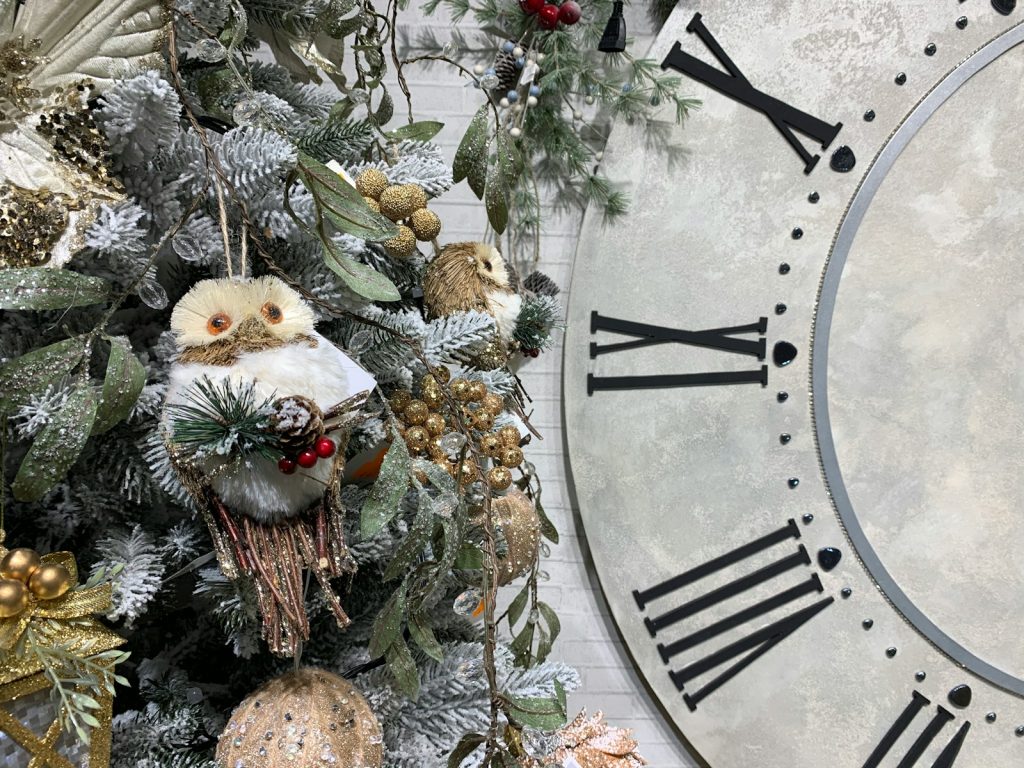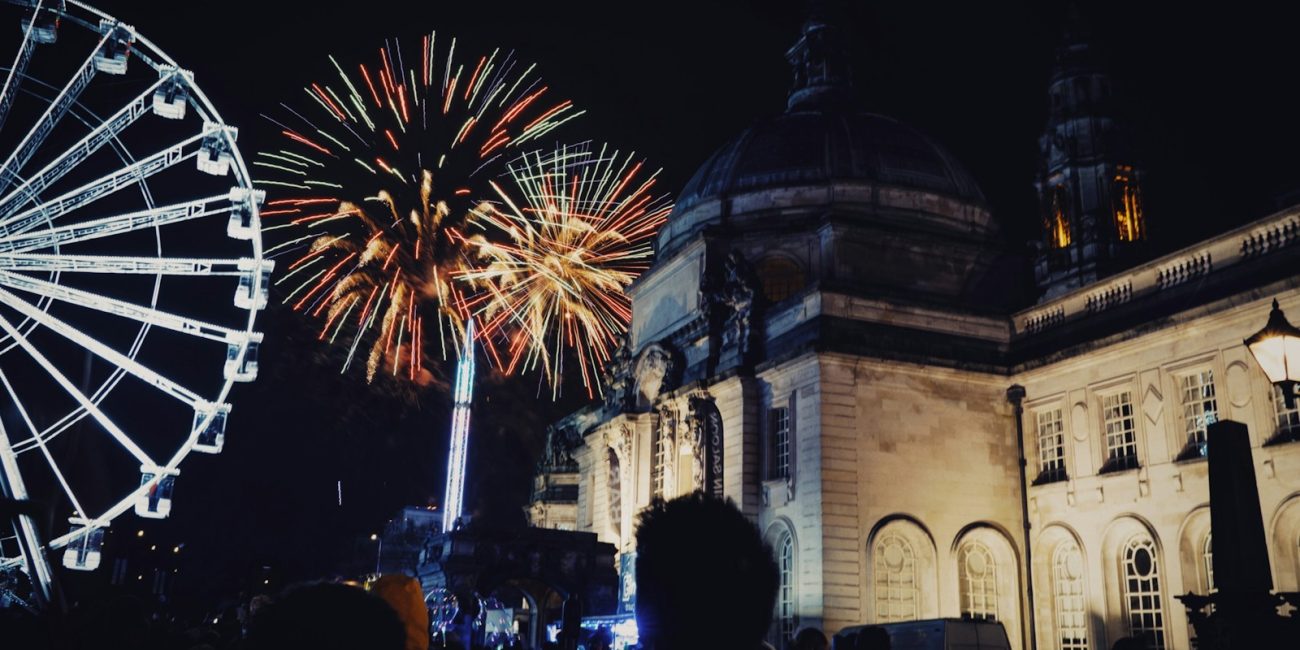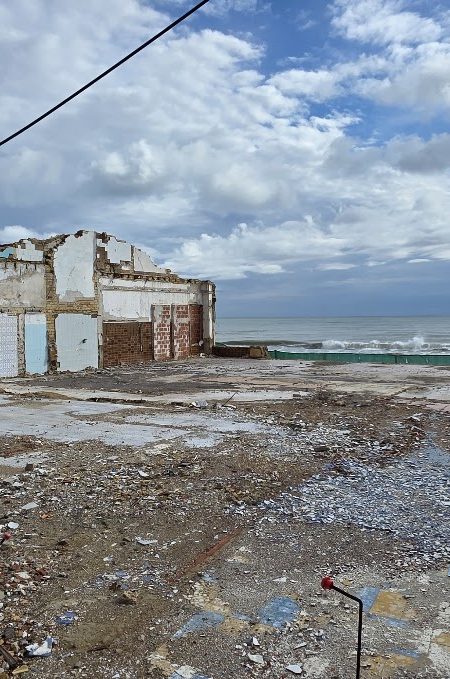New Year’s Eve in Spain, known as ‘Nochevieja’, is a vibrant and deeply rooted celebration with unique traditions believed to bring luck and prosperity in the coming year. While the festivities can be found all over the country, one of the most iconic traditions is celebrated collectively, with thousands gathering in city squares to participate in a frantic, yet enjoyable, ritual.
The Twelve Lucky Grapes
The most famous Spanish New Year’s tradition is to eat “las doce uvas de la suerte.” (The Twelve Lucky Grapes) As the clock at Madrid’s Puerta del Sol strikes midnight, Spaniards race to finish one grape for each of the twelve chimes. Each grape represents a hope for a month of good fortune in the coming year. If you can swallow all twelve grapes before the final chime, you’ll have a year of good luck. This custom is so popular that supermarkets sell pre-packaged seedless grapes to help people complete the challenge.
The tradition’s origins are debatable, but one widely accepted theory dates it back to 1909, when grape growers in Alicante had a surplus and promoted the idea as a clever marketing strategy. It quickly became a national phenomenon, with millions of people watching the live broadcast from Puerta del Sol to count down and eat grapes together.

More Spanish Traditions
Aside from the grapes, other customs contribute to the festive spirit.
- Red Pants: It is a Spanish tradition to wear red pants on New Year’s Eve to attract love and fortune. Pants is often given as a gift, and it is thought to be most effective when new.
- Family Dinners: The evening begins with a lavish family dinner, which includes traditional Spanish dishes like roasted lamb and seafood. The meal is a time when family and friends gather before the midnight countdown.
- Toast with Cava: After the grapes are eaten, a toast is made with cava, the Spanish sparkling wine. The clinking of glasses and shared wishes for the new year signal the beginning of a new phase of the celebration.
- Churros with Chocolate: The festivities frequently last until early in the morning, and many people finish the night with a hearty breakfast of churros and hot chocolate, a perfect way to refuel after a night of partying.
Whether in a crowded city square or at home with loved ones, New Year’s in Spain is a time of shared joy, hope, and distinct traditions that make for an unforgettable start to the new year.









No Comment! Be the first one.